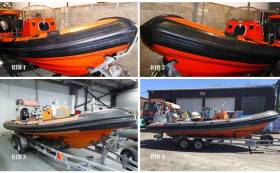Displaying items by tag: XS Rib
Dominic Daly Auctioneer – in association with Promara Ltd – Noel O Regan will auction six RIBs and a jet ski (details below) at Kinsale Boat Yard, Co. Cork at 12 noon on Tuesday, 23rd May, 2017.
For further details, please contact: Dominic Daly 087 2550486 [email protected] and Noel O Regan 087 3435666 [email protected]
Scroll down for specs and more photos of each RIB
VENDORS: SFPA (Sea Fisheries Protection Authority)
RIB 1 Maker XS RIBS Model 7.0m
Built 2010 Length 7.0m
Beam 2.6m Engines 2 Yamaha 100 HP 4-stroke
Console Patrol with 4 jockey seats Road trailer 4 wheel road trailer
Fuel tanks 2 tanks fitted under decks Storage Storage box aft
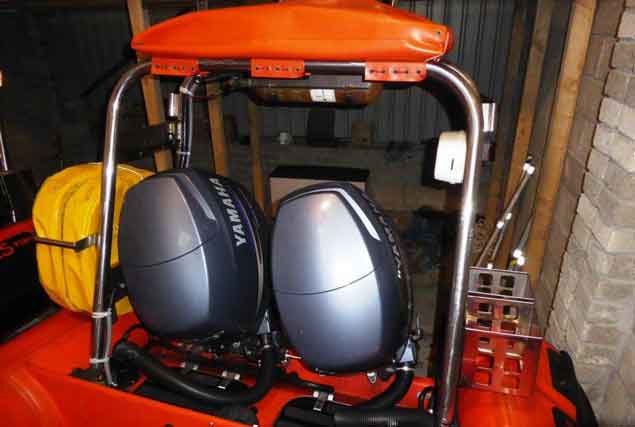
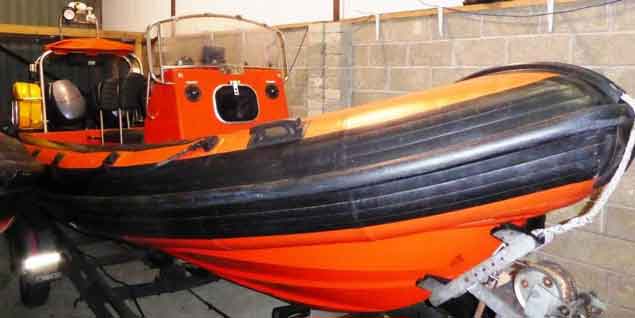
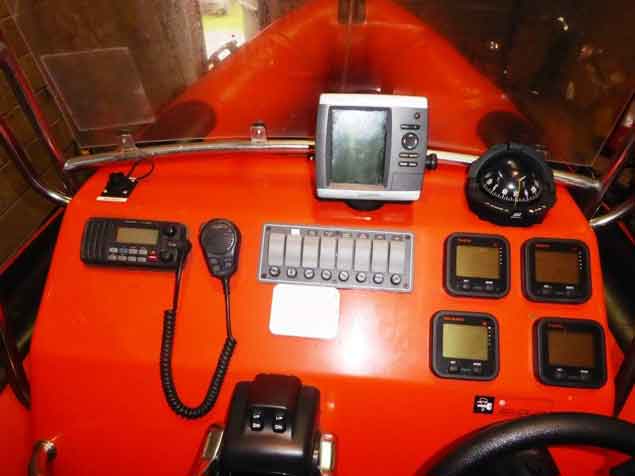
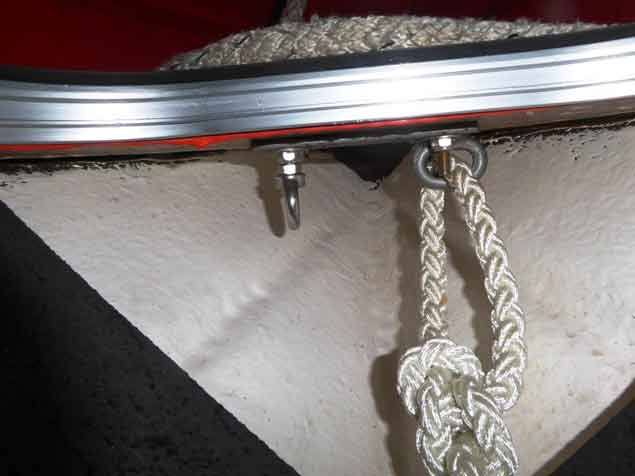
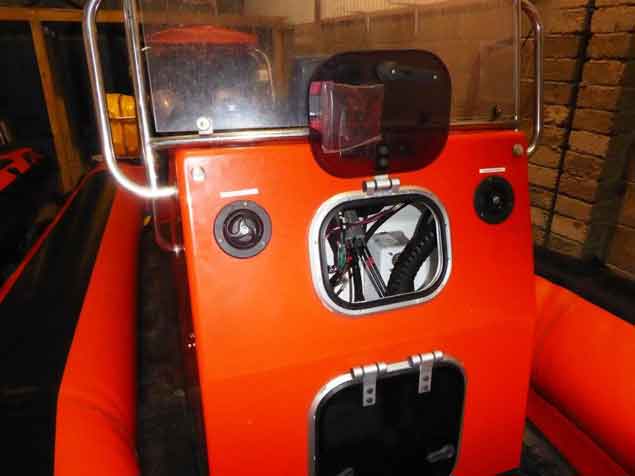
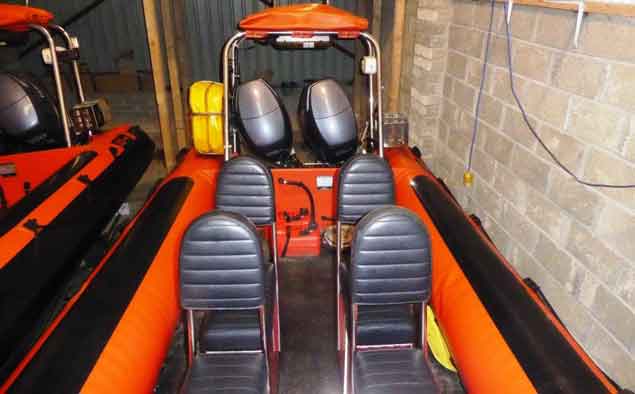
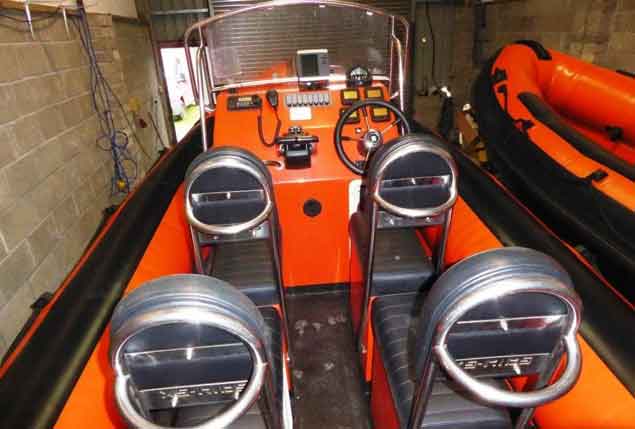 Above: photos of RIB 1 Maker: XS RIBS Model : 7.0m
Above: photos of RIB 1 Maker: XS RIBS Model : 7.0m
RIB 2 Maker XS RIBS Model 7.0m
Built 2010 Length 7.0m
Beam 2.6m Engines 2 Yamaha 100 HP 4-stroke
Consol Patrol with 4 jockey seats Road trailer 4 when road trailer
Fuel tank 2 tanks fitted under decks Storage Storage box aft
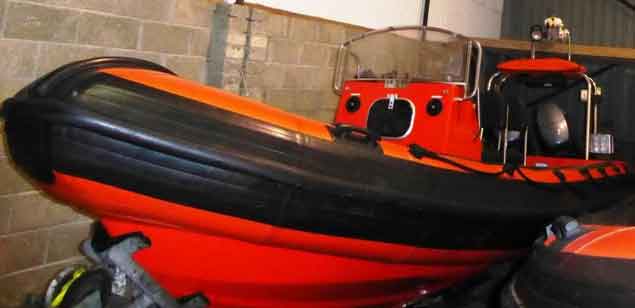
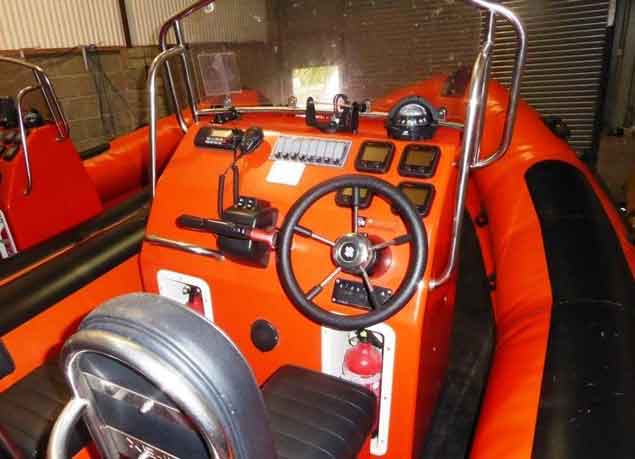
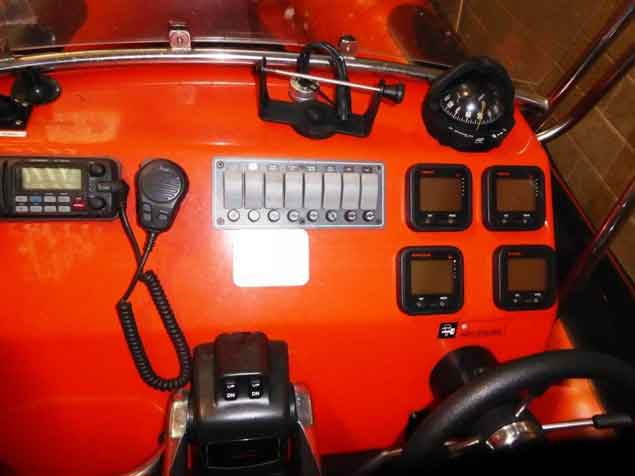
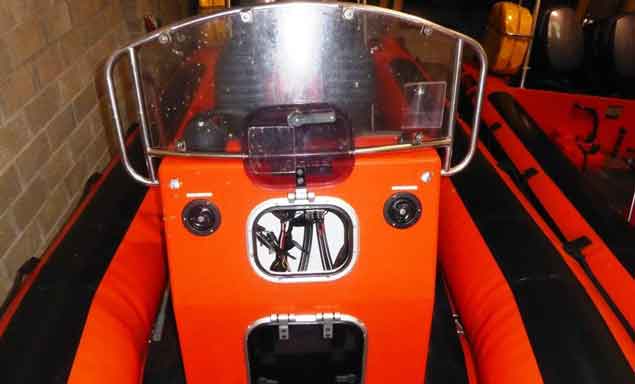
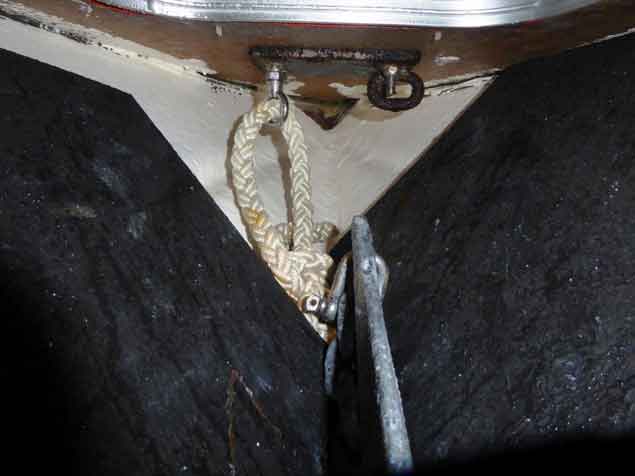
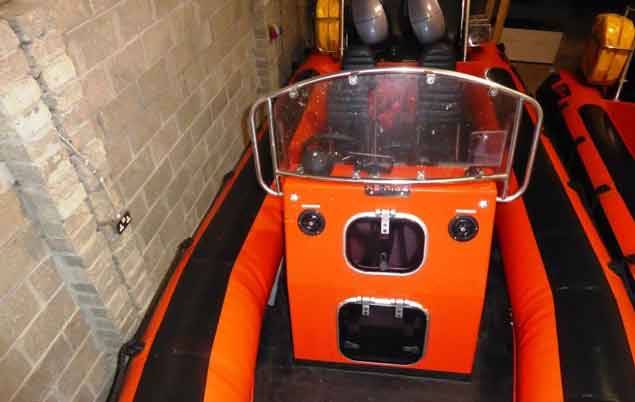
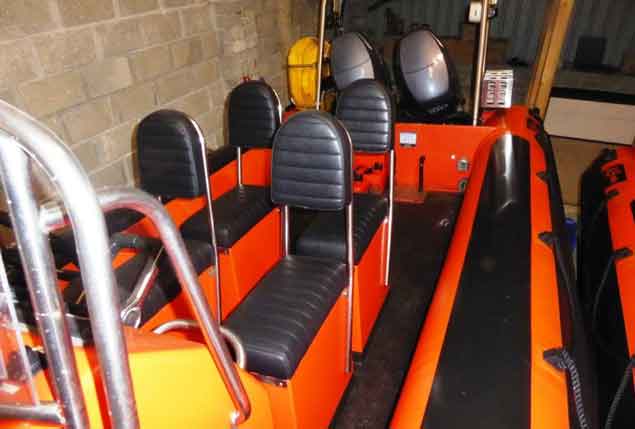
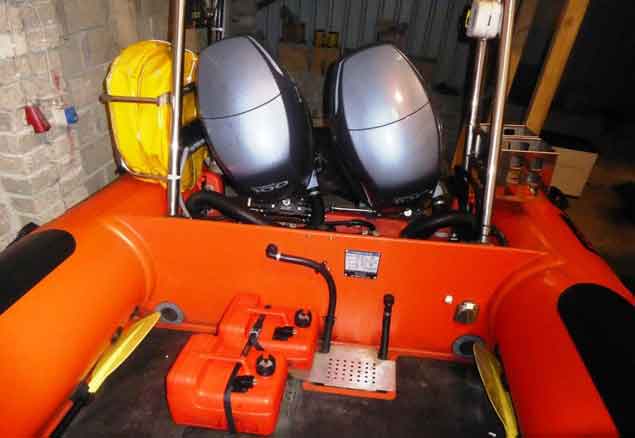 Above: Photos of RIB 2 Maker: XS RIBS Model: 7.0m
Above: Photos of RIB 2 Maker: XS RIBS Model: 7.0m
VENDORS: IFI (Inland Fisheries Ireland)
RIB 3 Maker Redbay Model Stormforce 6.5
Built 2000 Length 6.5m
Fuel tanks 2 tanks fitted above decks Storage Storage box aft
Console Single 4 jockey seats Engines 2 Suzuki 90 HP 4-stroke
Road trailer 4 wheel road trailer
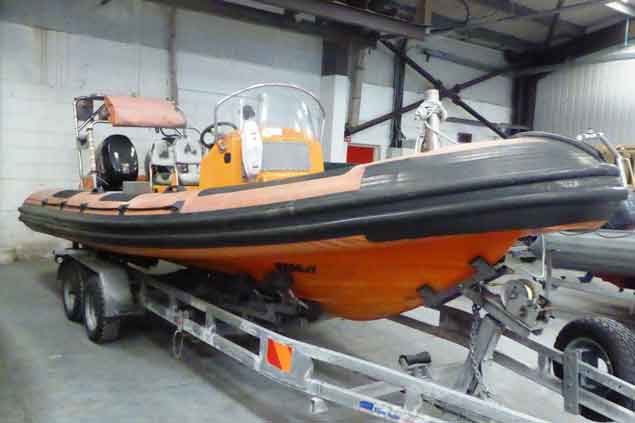
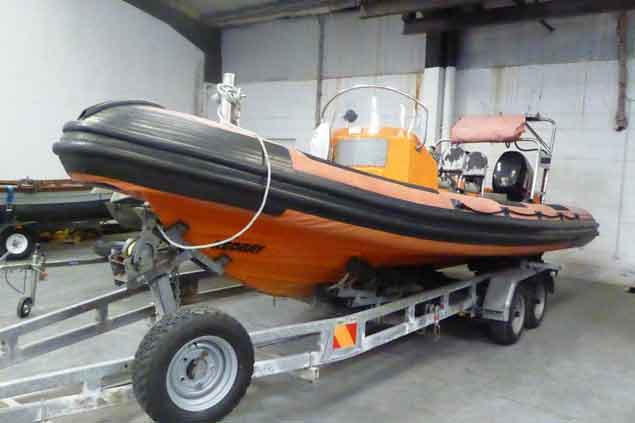
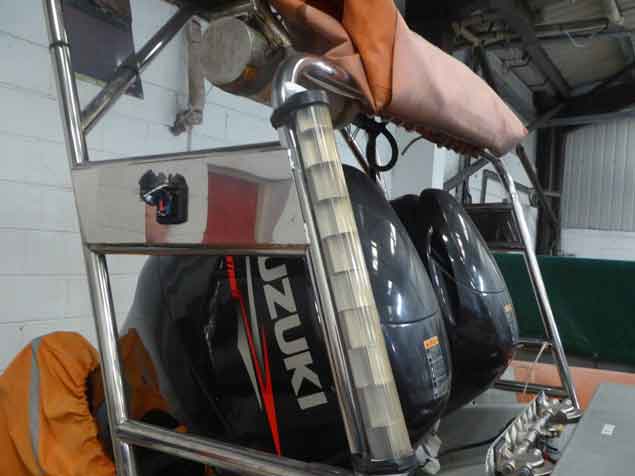
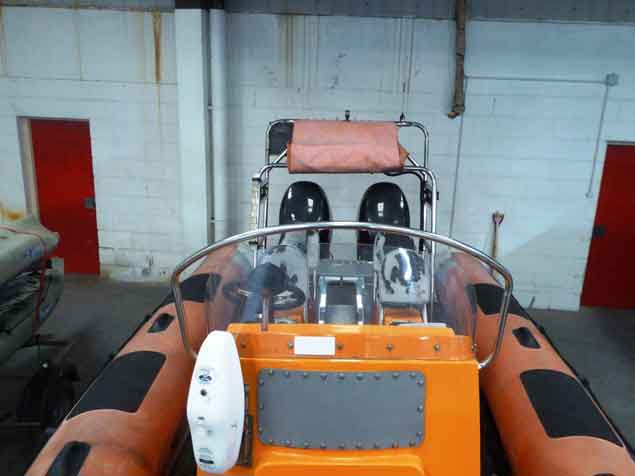
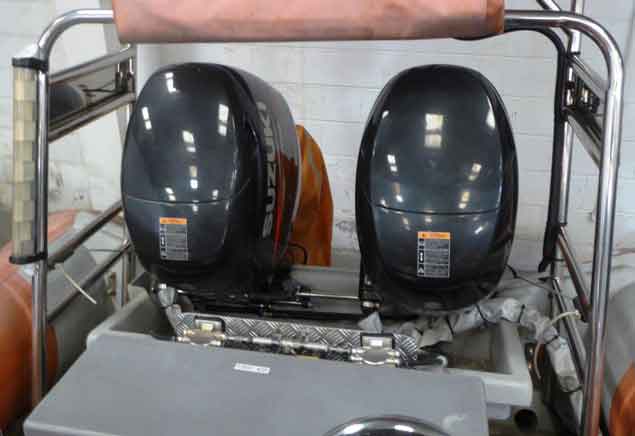
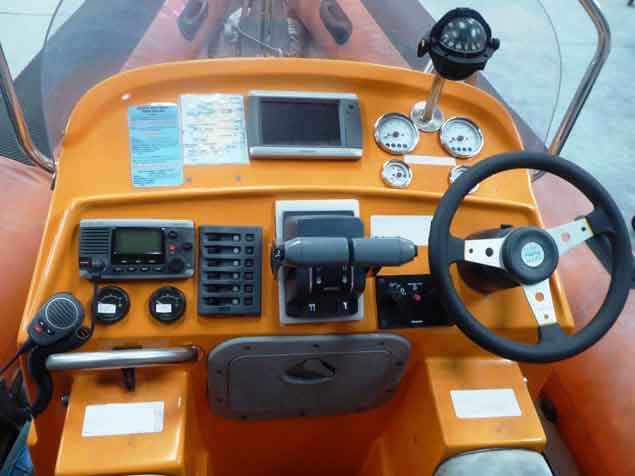
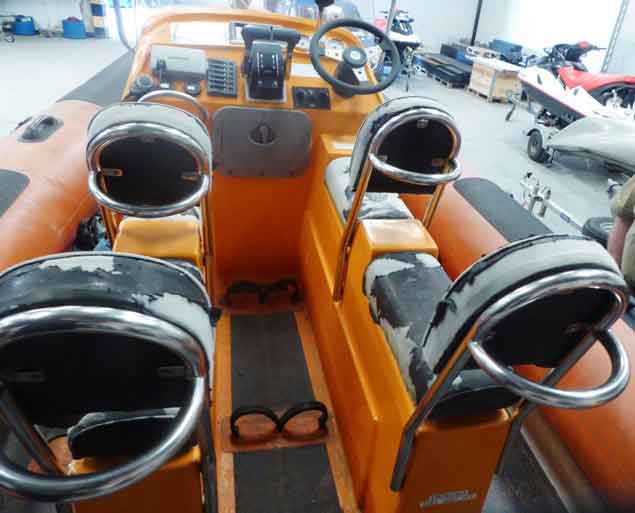 Above: photos of RIB 3 Maker: Redbay Model: Stormforce 6.5
Above: photos of RIB 3 Maker: Redbay Model: Stormforce 6.5
RIB4 Maker Redbay Model Stormforce 6.5
Built 2000 (or earlier) Length 6.5m
Console Single 4 jockey seats Engines 2 Honda 90 HP 4-stroke
Road Trailer
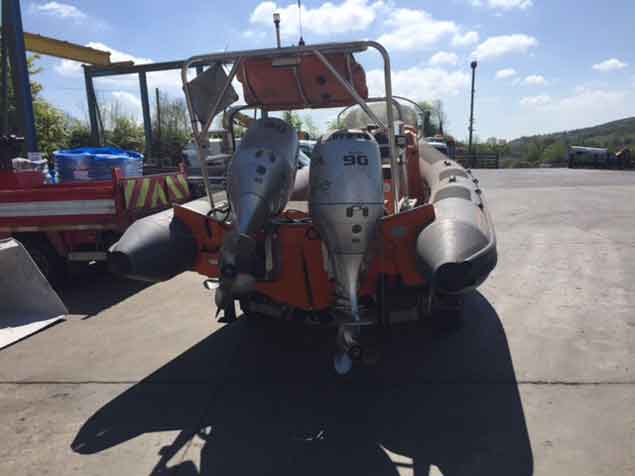
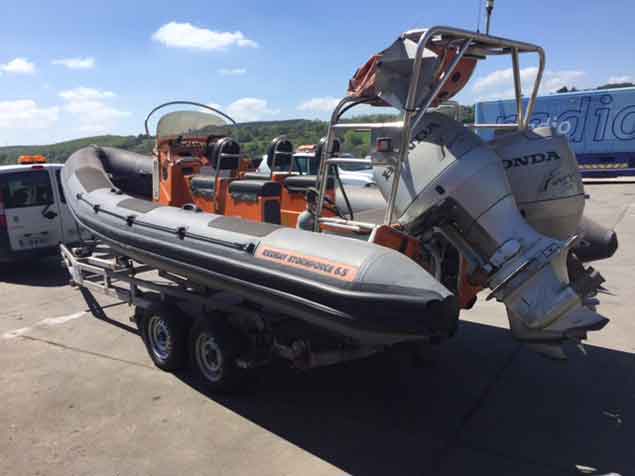
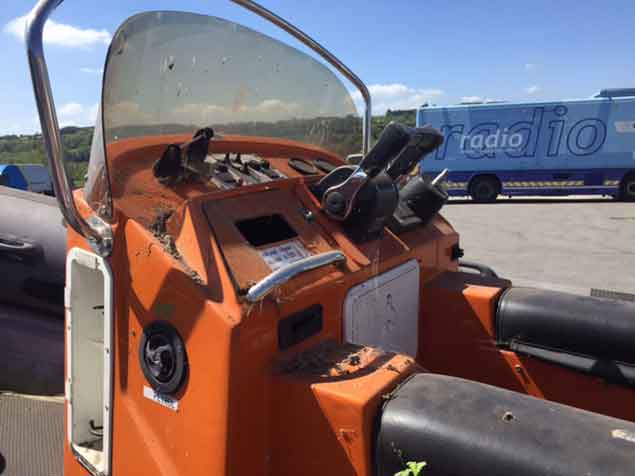
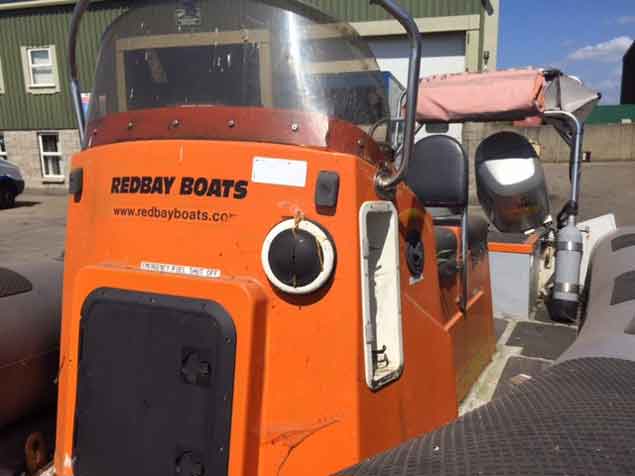
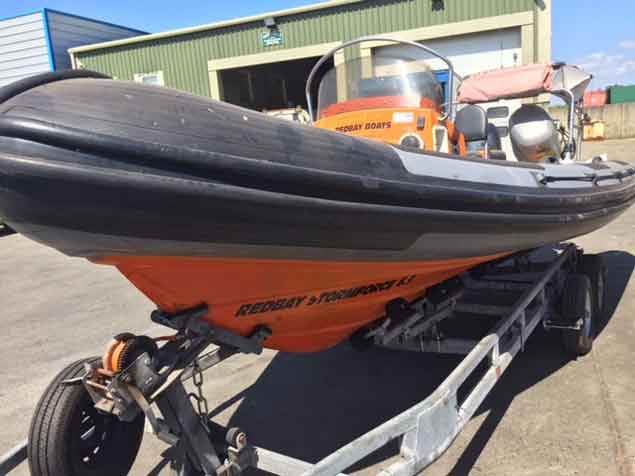
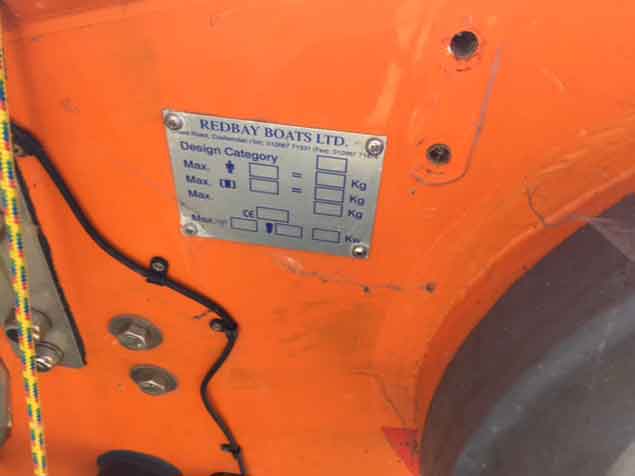
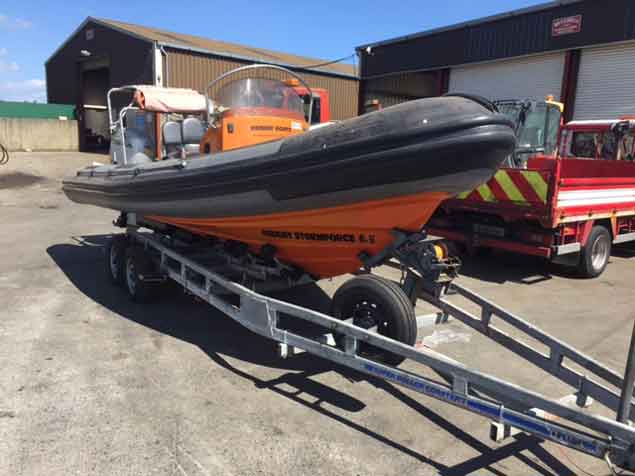
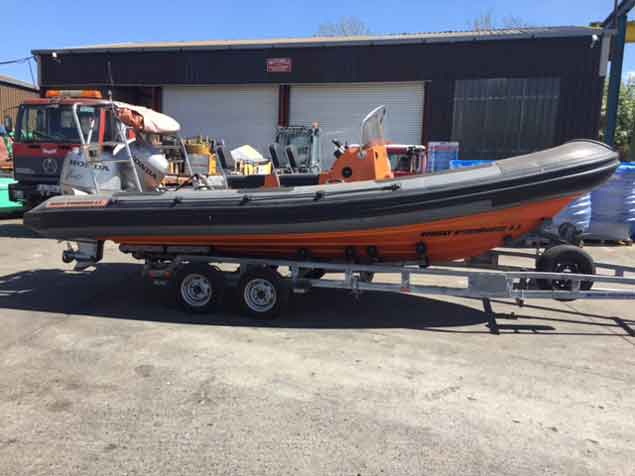 Above: Photos of RIB4 Maker: Redbay Model:Stormforce 6.5
Above: Photos of RIB4 Maker: Redbay Model:Stormforce 6.5
RIB 5
Make RIB350 Rigid Inflatable
Built 2006
Engines Yamaha 25 hp electric & manual start
Engine detail model 25NEO
Console Single seat behind console
Fuel tanks Portable tanks
Road Trailer two wheel trailer
Equipment paddles, cover, fish finder, air pump
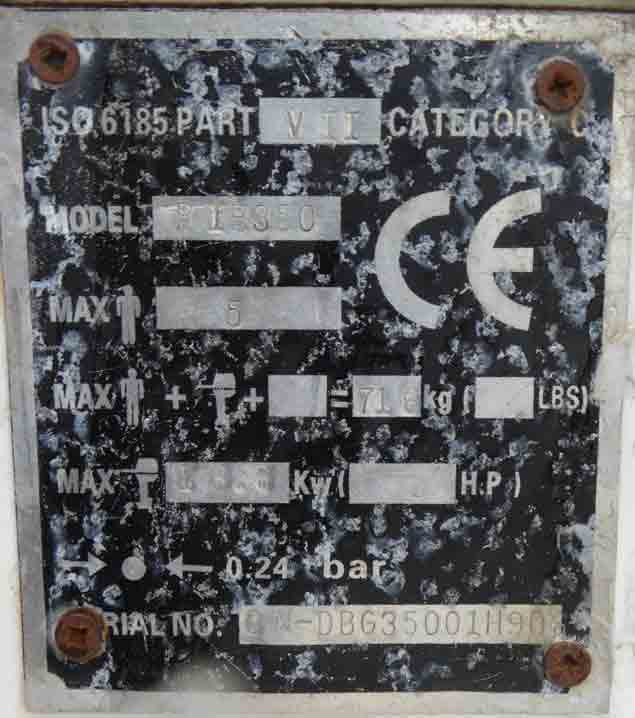
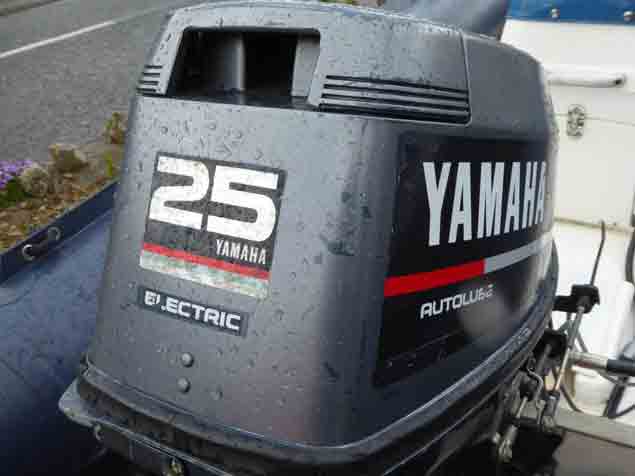
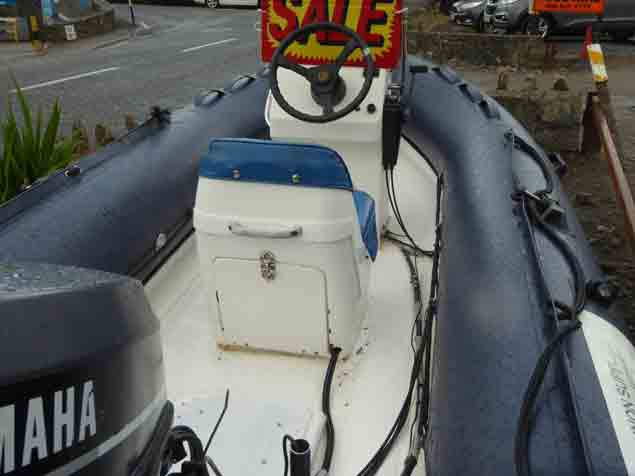
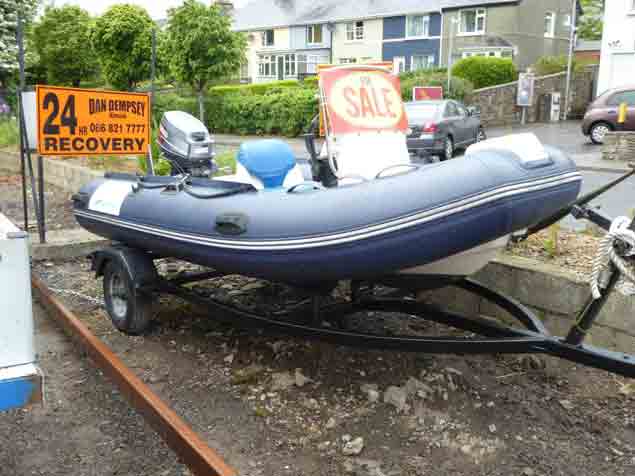
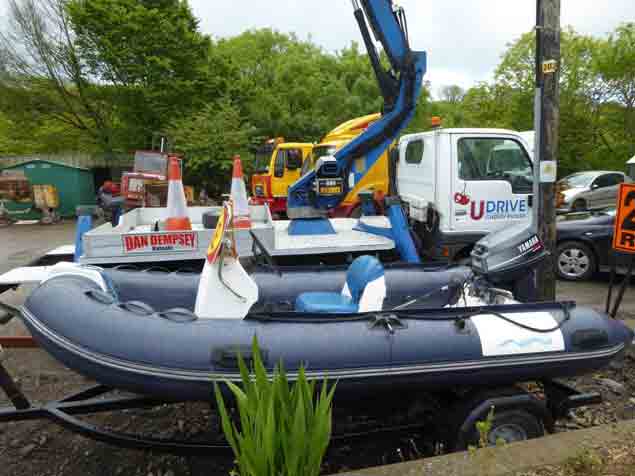
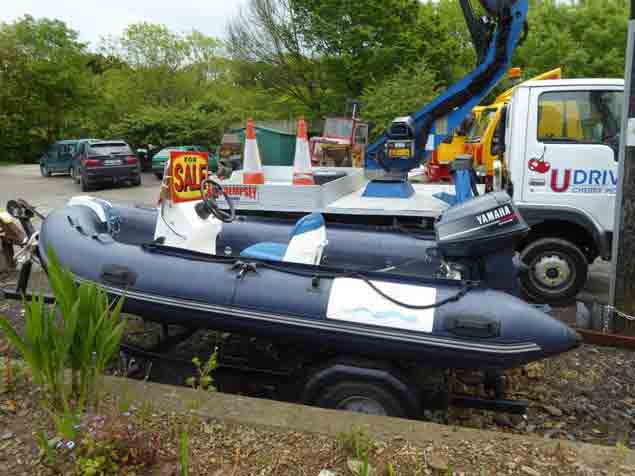
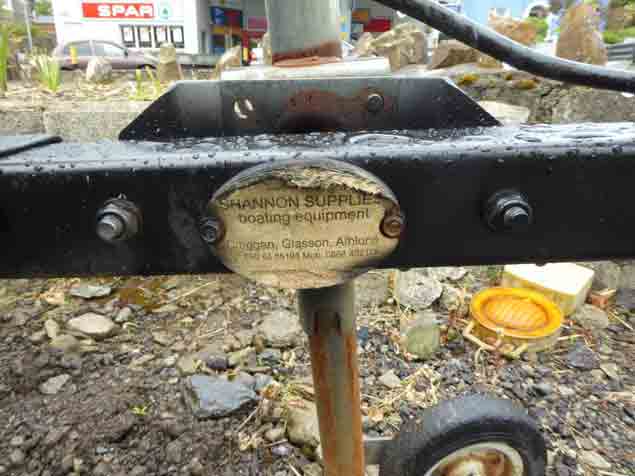
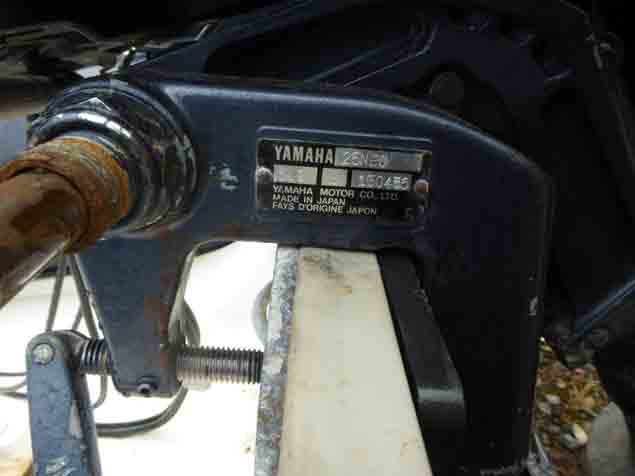
RIB 6
Maker Redbay
Model 6.5
Built 2001
Road trailer trailer
Engines 2 Evinrude 90HP
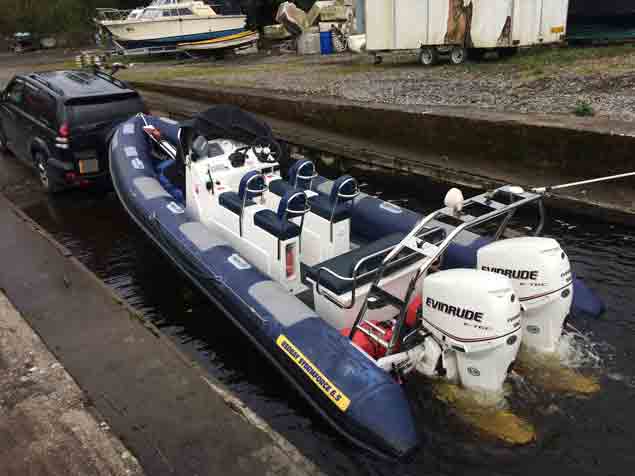
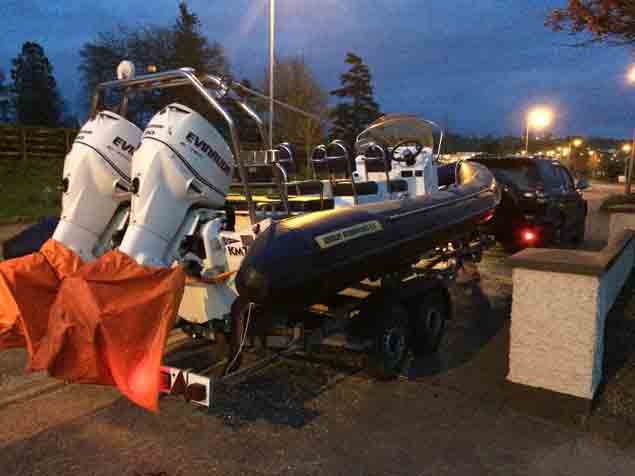
Jet Ski
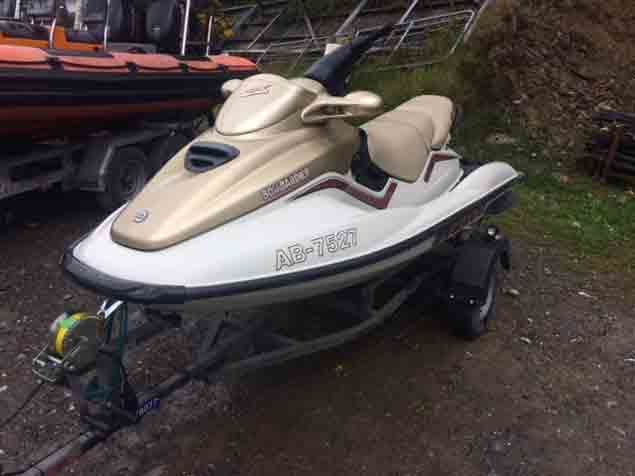
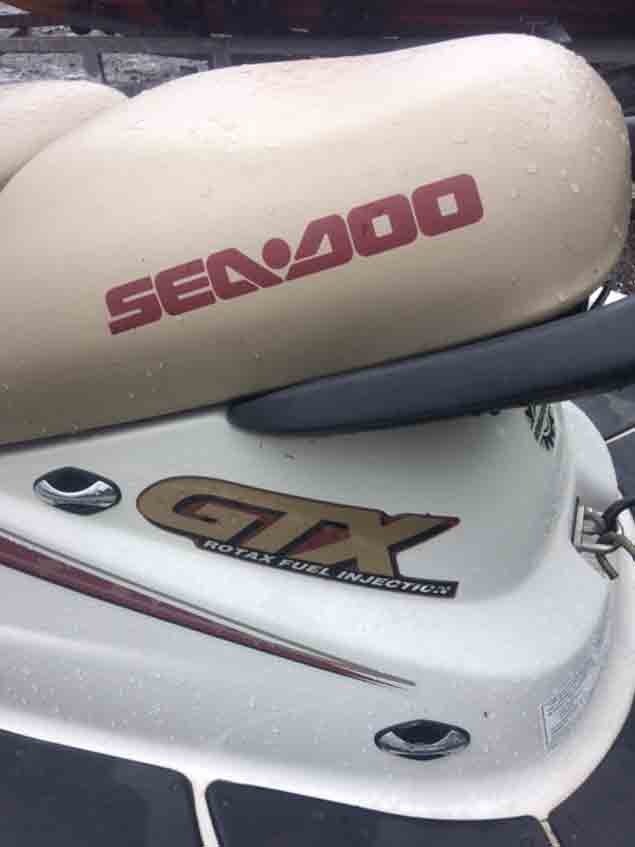
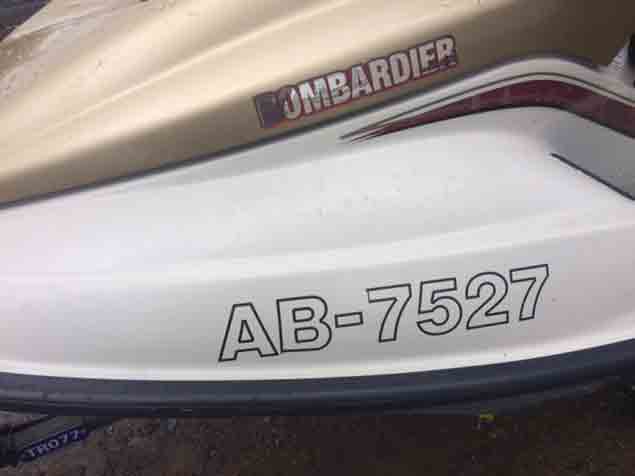
For further details, please contact: Dominic Daly 087 2550486 [email protected] and Noel O Regan 087 3435666 [email protected]

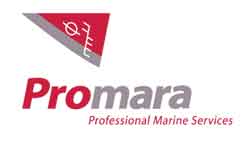
Dominic J. Daly & Co. FRICS, MSCSI
CHARTERED SURVEYORS & VALUERS
Pembroke House Tel: 021 – 4277399
Pembroke Street Mobile: 087 – 2550486
Cork. Email: [email protected]


























